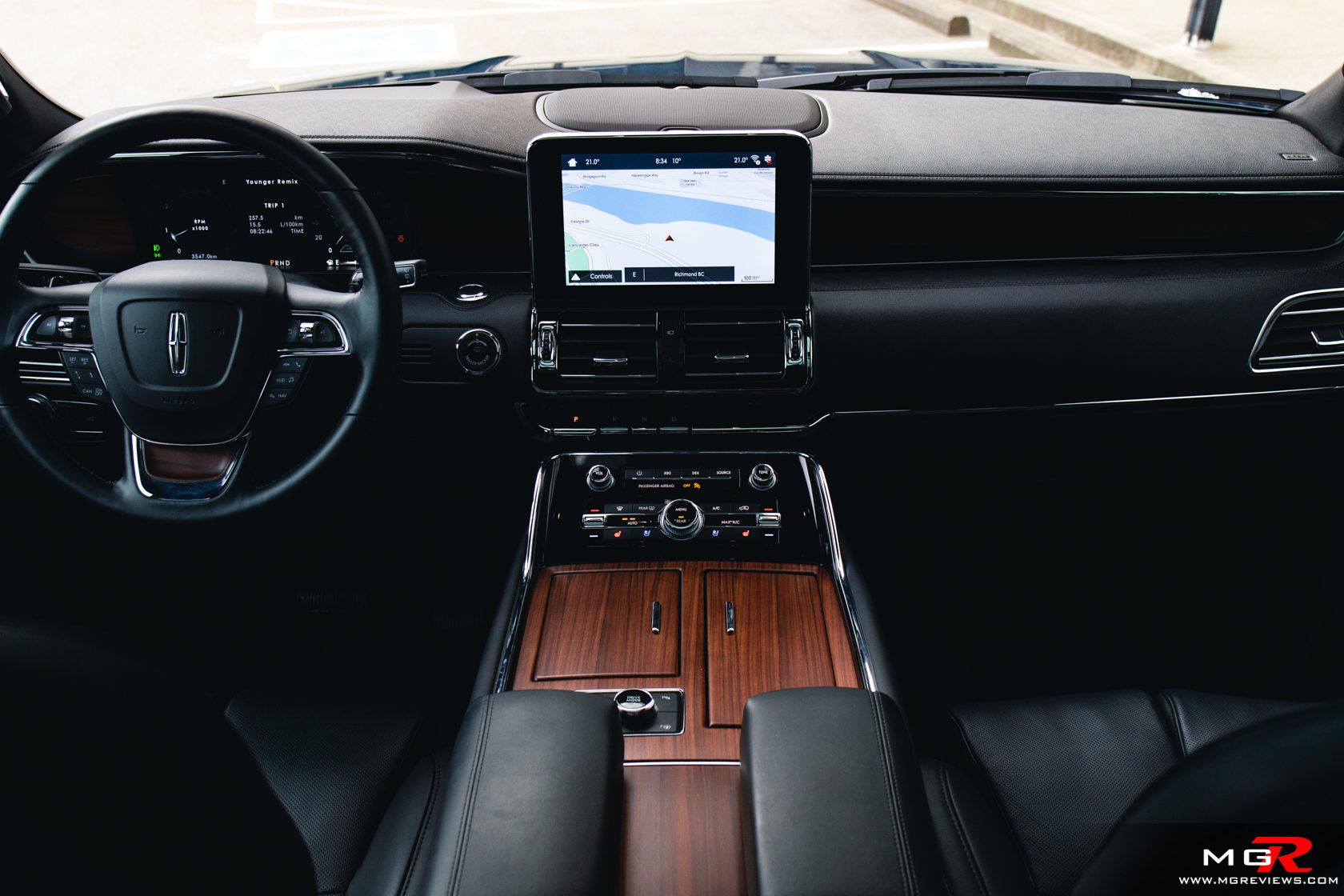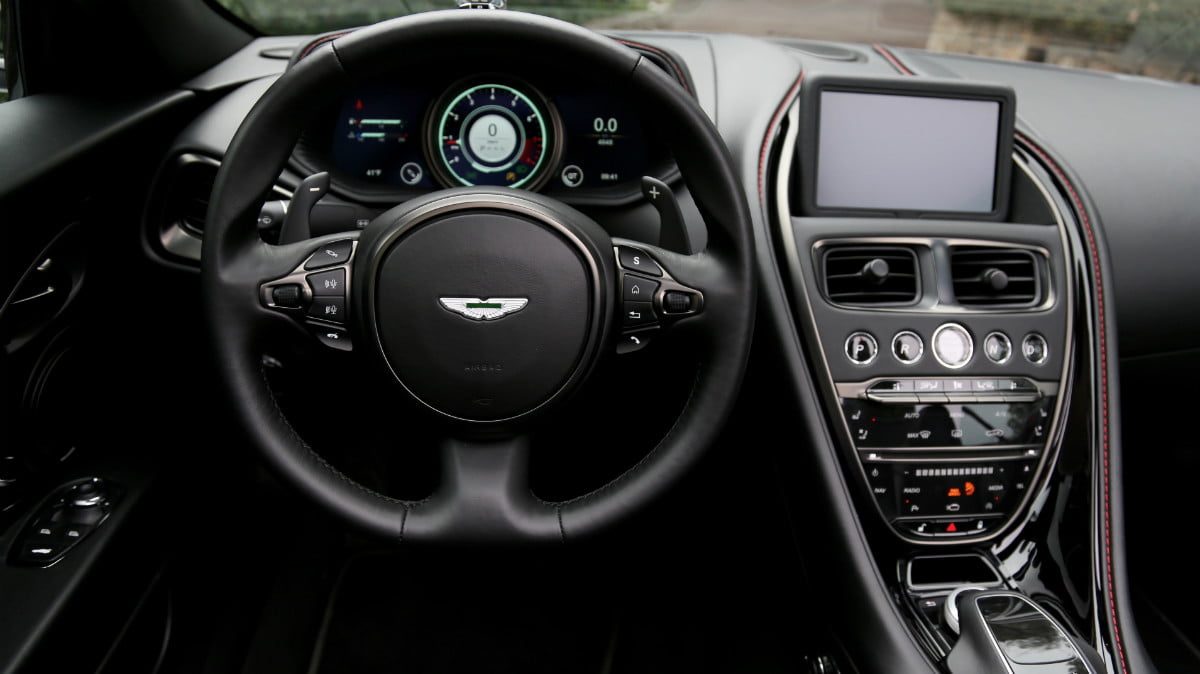- 12,241

- Marin County
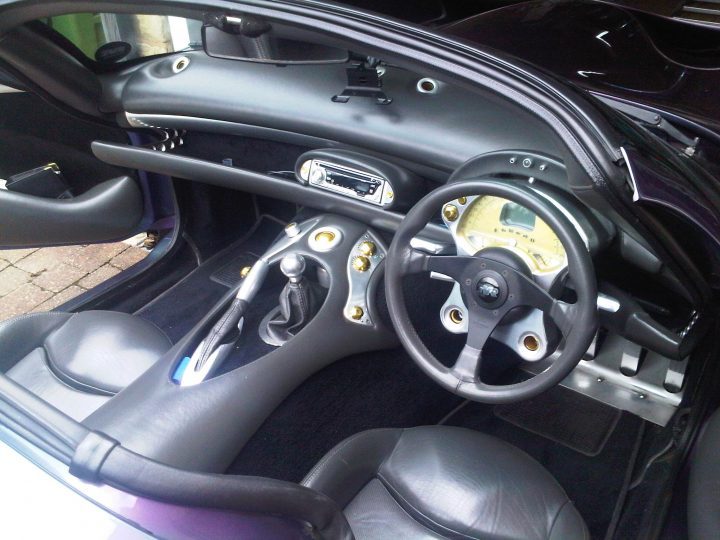
TVR Tamora
That's a Tuscan.

TVR Tamora
I think the majority of buyers must have ticked the box for Lusso trim back in the day.A surprising number of Alfa's late 90s and early 00s cars have luxurious interiors, with quite a few 1.6 TS 156s in particular coming with a rich tan leather.
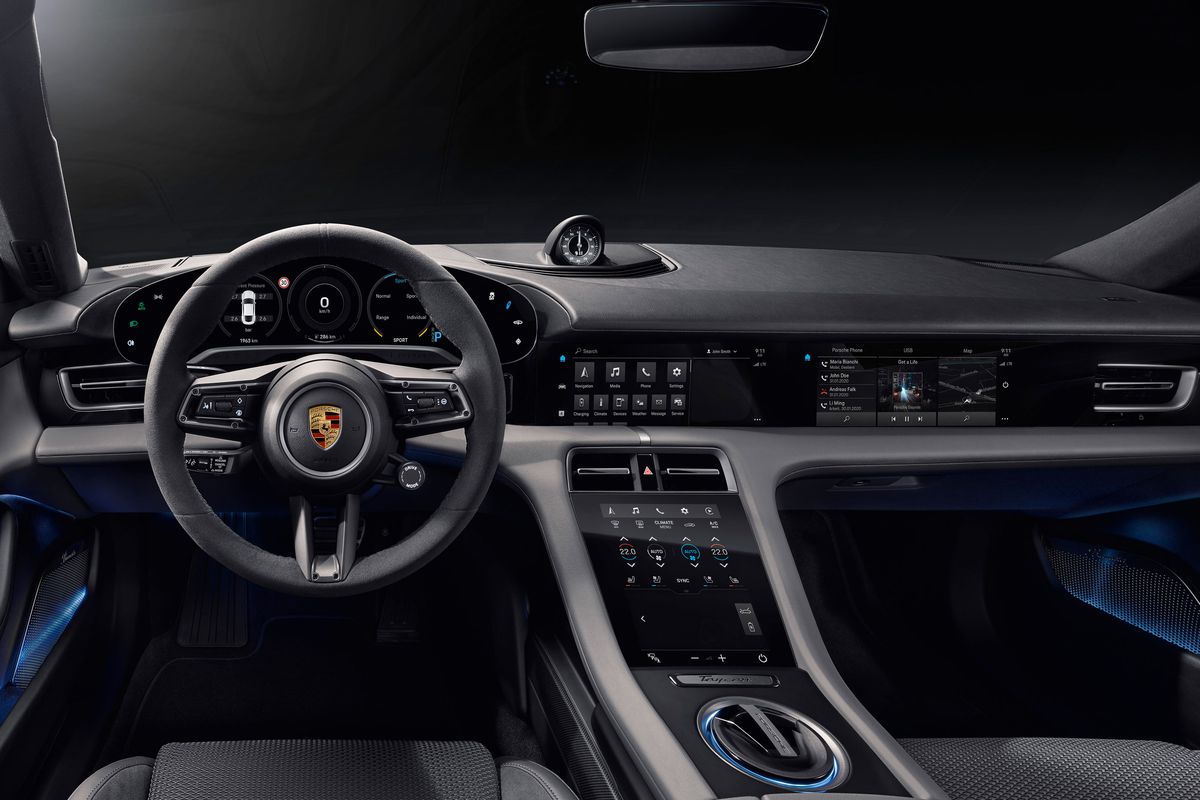
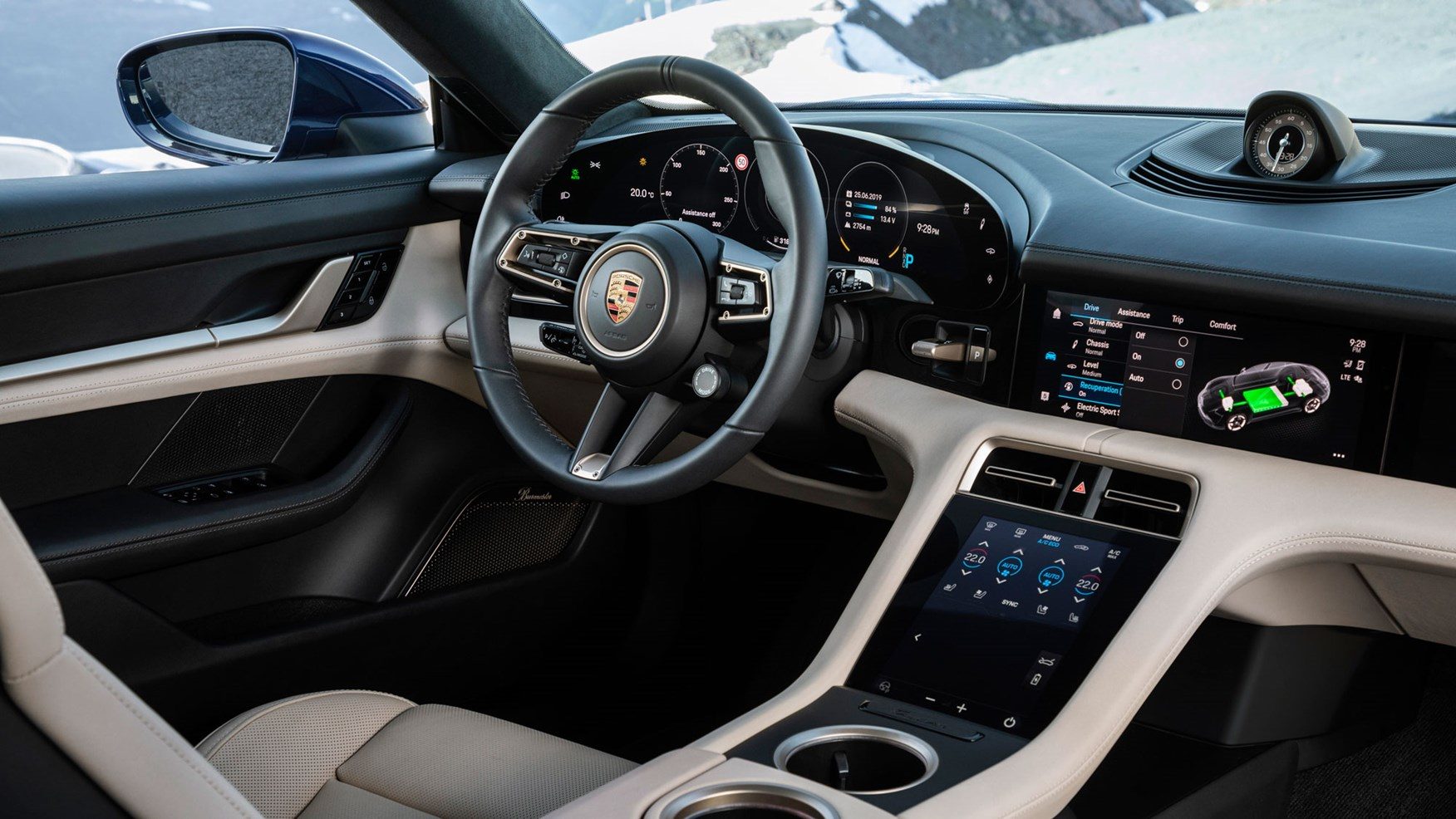
Y'know...I'm quite Taycan with that.I really like the new Taycan interior.


The curved instrument panel is stunning
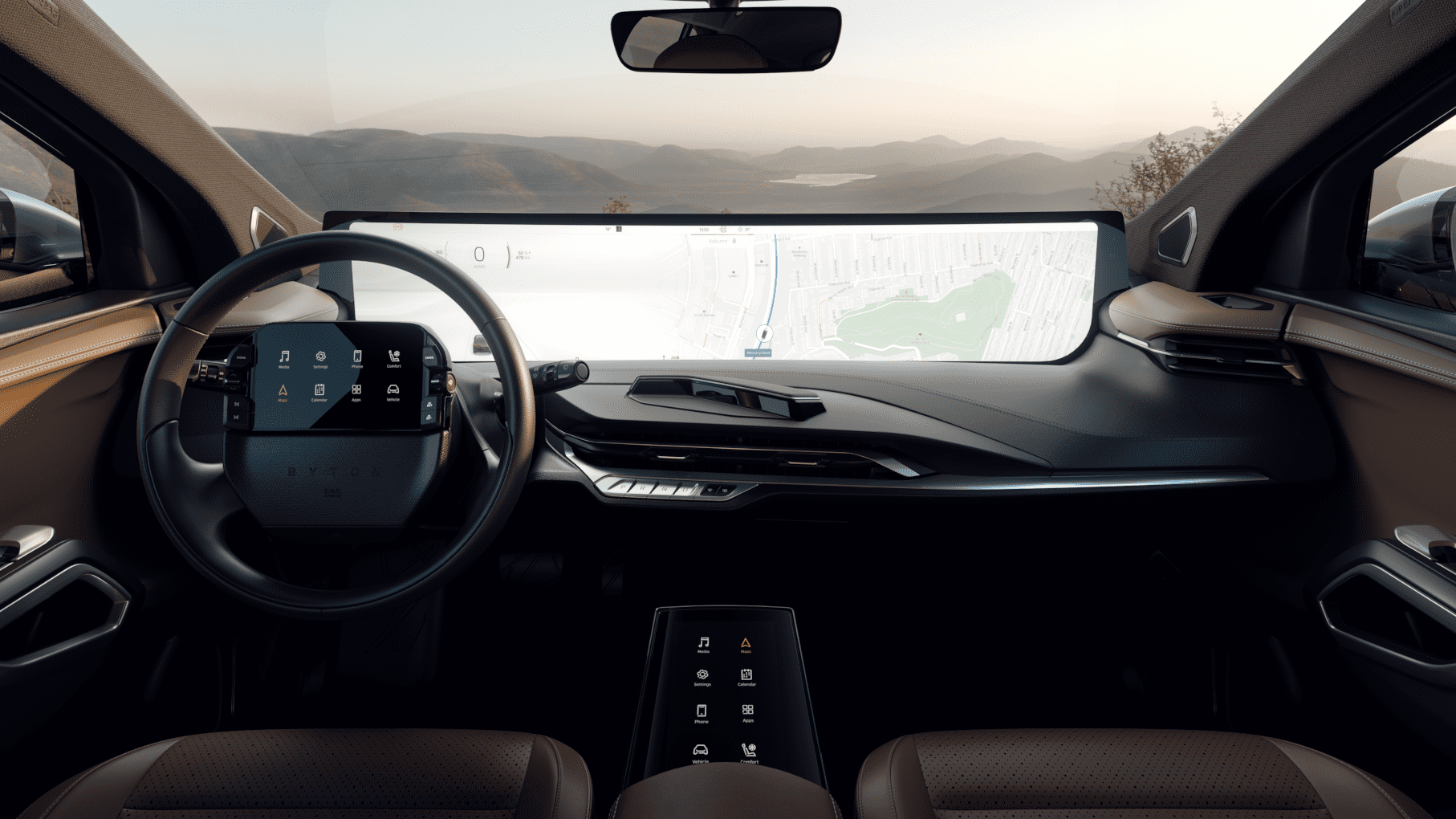
That looks very cozy.
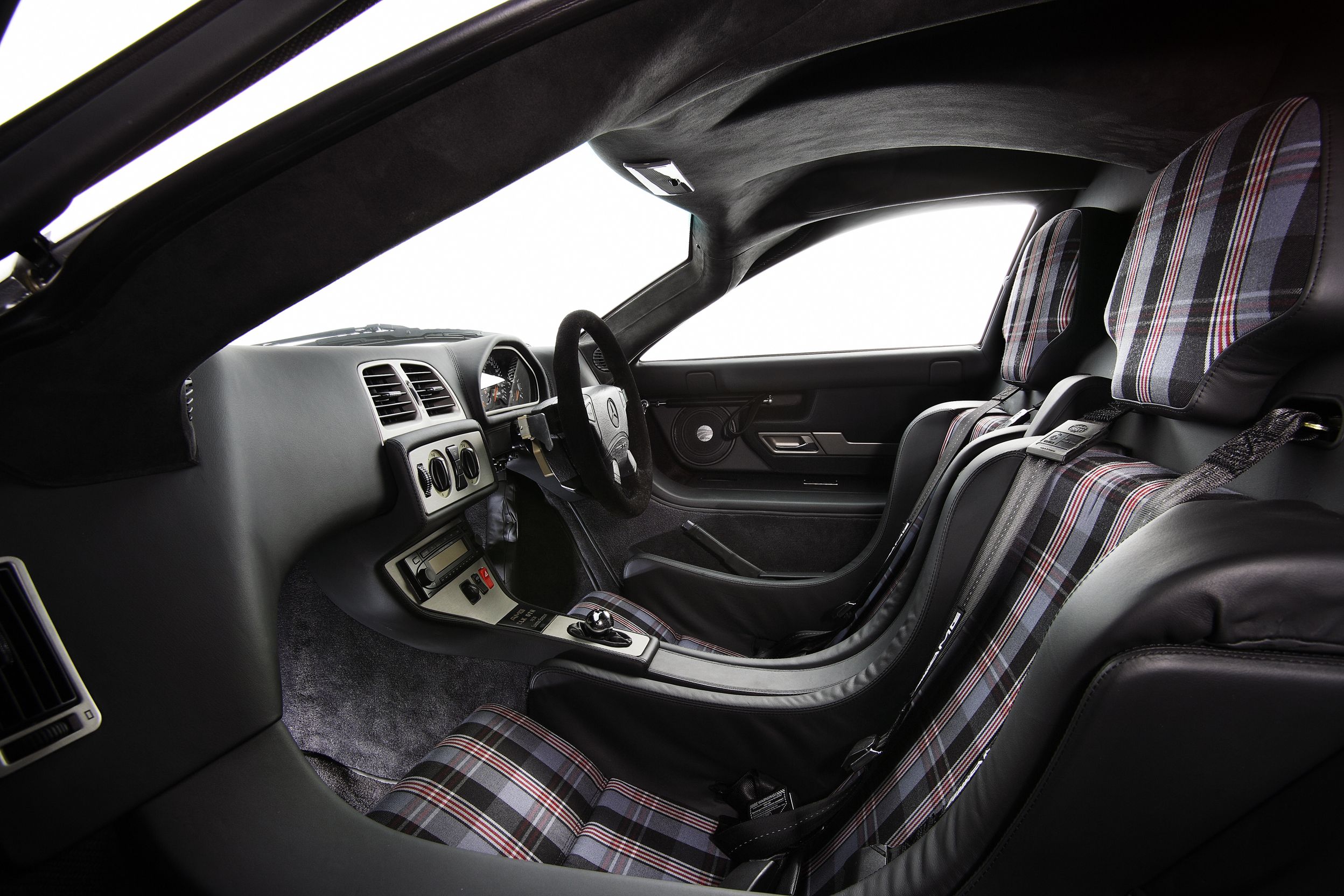
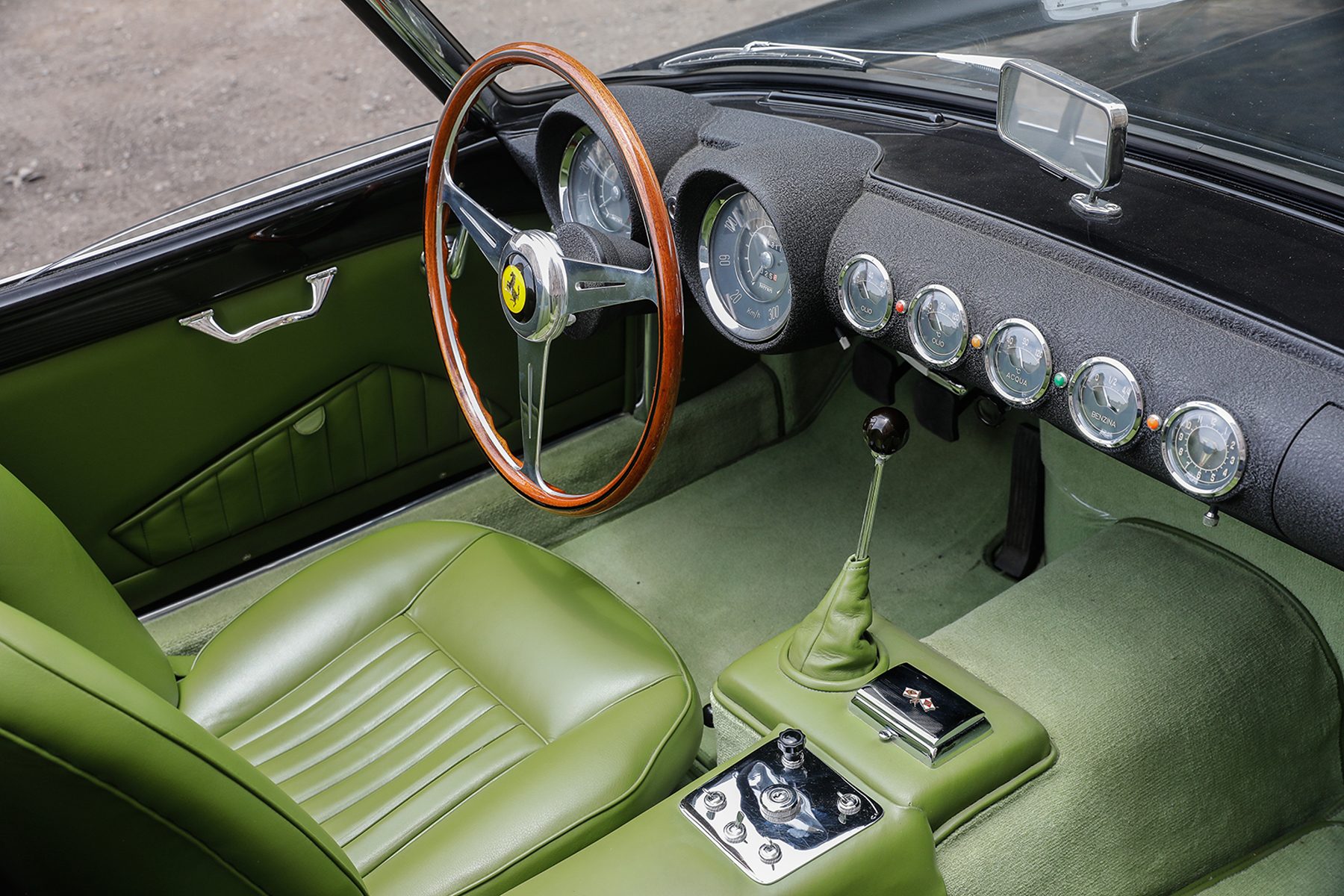
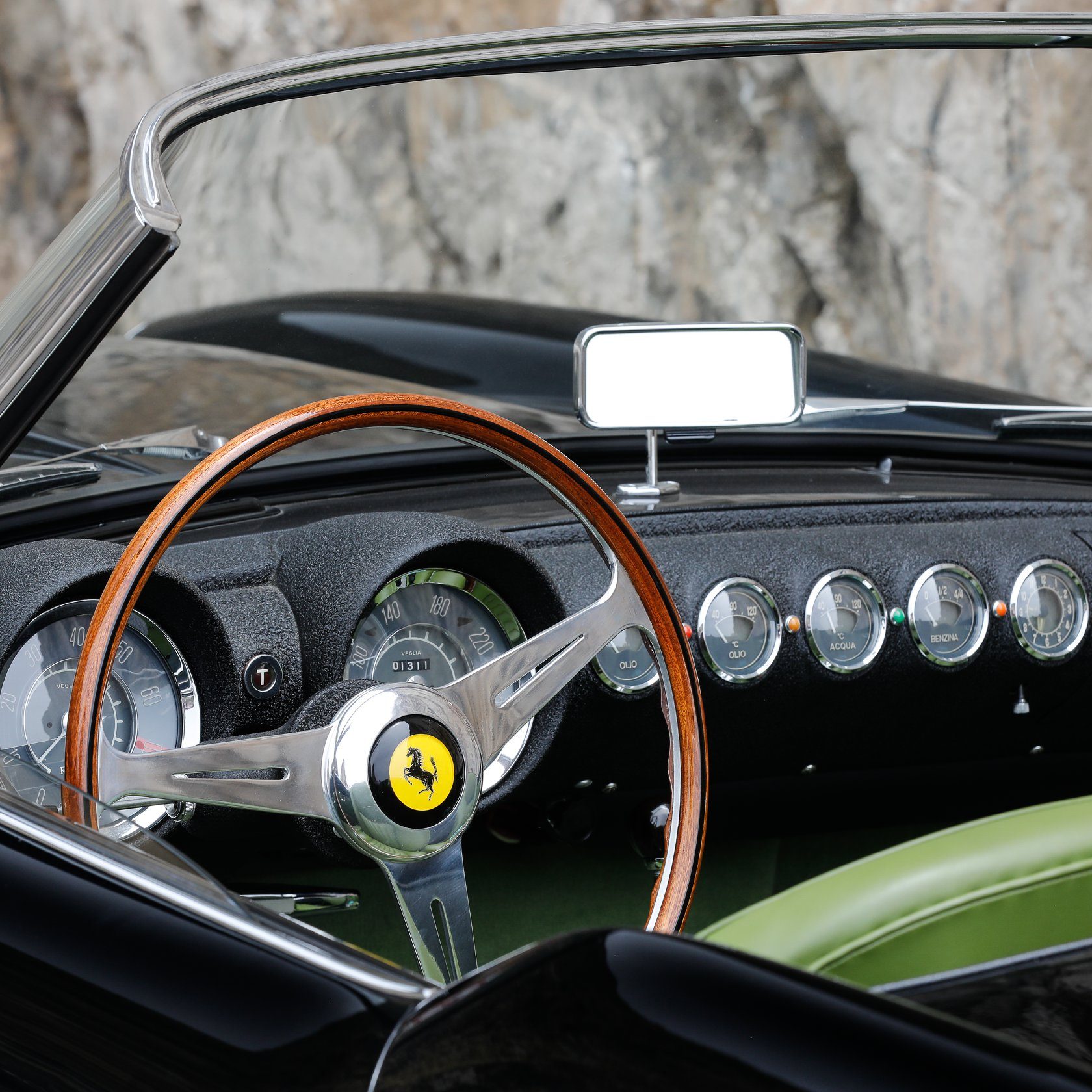
Interiors just don't get much sexier than this. They certainly don't without an exponential increase in vehicle price.
Oh, sure, it was by no means inexpensive, but I simply don't feel its elegance was matched by its contemporaries. I'll grant you that the Merc had an edge when it came to material quality, but the company lost a bit in terms of graceful, elegant design in just a few years' time.The Citroen SM was seen as a rare luxury French car at that time though. It's US price was $13,000 in 1973, which was on par with a range-topping Merc 4.5 SEL. By comparison a Chevy Bel-Air was £3,200 and a Corvette $5,600.
The second-gen is the one I'm most familiar with, so I quite like it. It matched the squarer exterior styling too.The third gen is a nice return to form inside and out. I never liked the squarer second gen theme.
